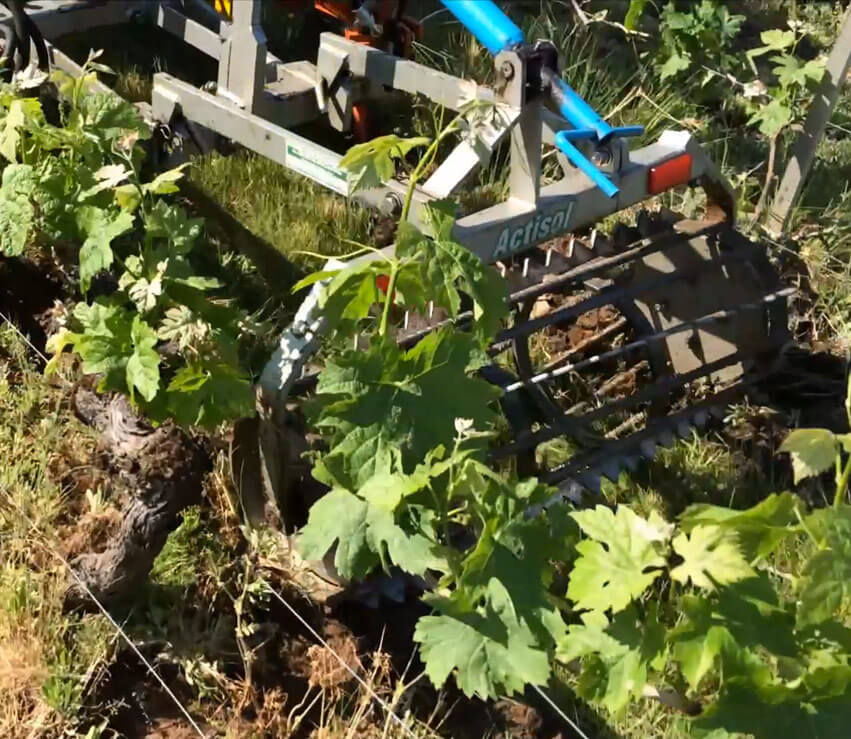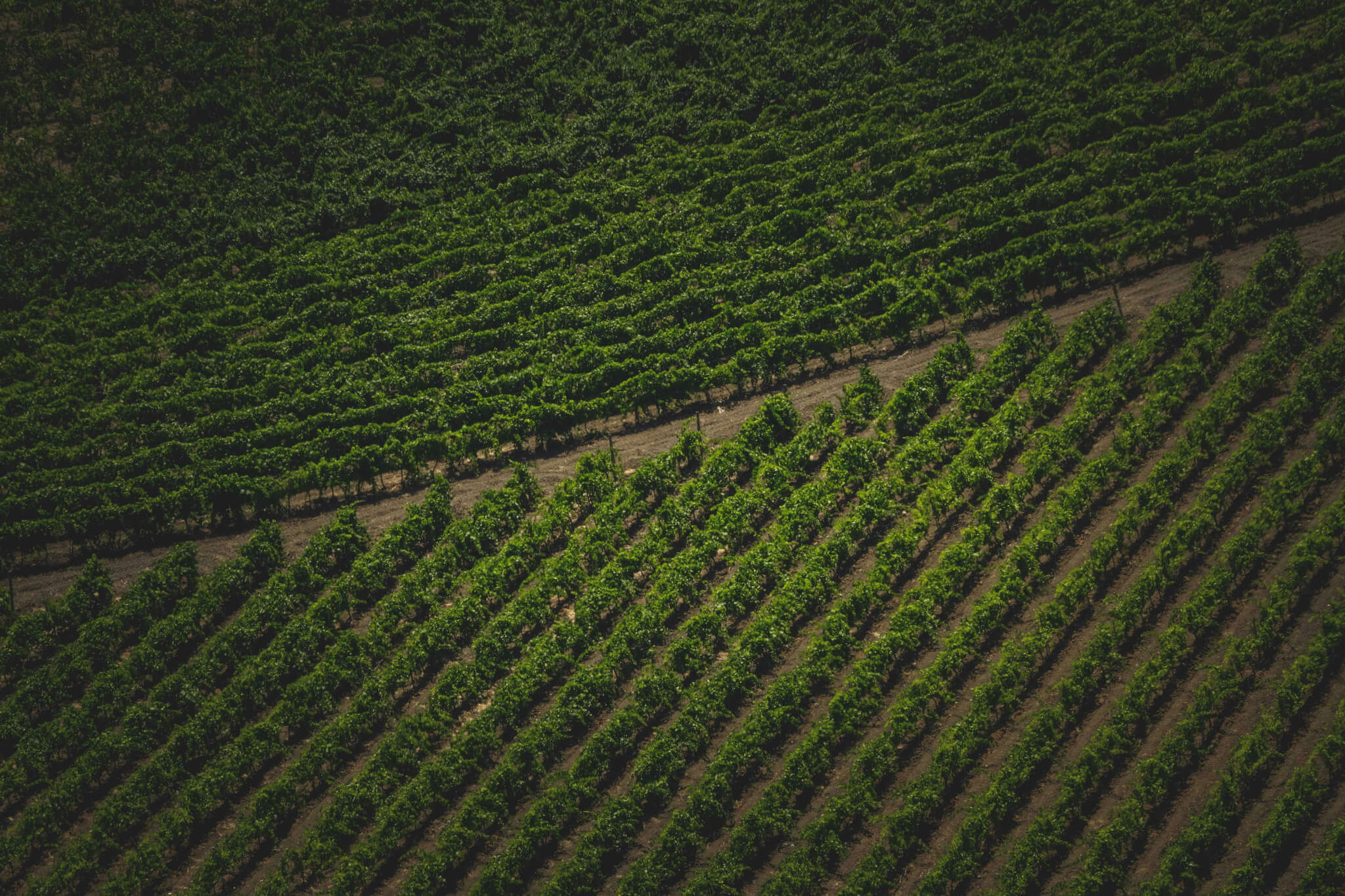Mechanical, chemical or thermal weeding: an overview of under-vine soil management practices and their environmental impact.
UNDER-VINE SOIL MANAGEMENT
Managing the inter-vine zone, the strip of soil directly under the vine row, serves several agronomic and sanitary purposes. Different methods can be used, each with its own characteristics and effects on the soil and the vine.
Main objectives of weeding
Under-vine weed control aims to:
-
Limit root competition between cover crops and the vine.
-
Reduce the risk of fungal contamination through splash effects.
-
Influence air circulation and humidity around buds and grape clusters, depending on the season.
Different Maintenance Methods
Several solutions exist to manage the under-vine zone:
-
Mechanical weeding
-
Chemical weeding
-
Maintenance of controlled vegetation
-
Thermal weeding
-
Manual weeding
Comparison: Mechanical vs. Chemical Weeding
Soil is both a physical and chemical support, as well as a living ecosystem.
Physically and chemically, it:
-
Provides anchorage for the roots.
-
Supplies trace elements and water essential to the plant’s physiological functions.
-
Regulates humidity and temperature thanks to its buffering capacity, which varies depending on its nature.
Biologically, it hosts a complex network of macro- and micro-organisms, worms, insects, fungi, algae, bacteria that structure the soil, break down organic matter, and produce stable humus.
Mycorrhizae, fungi associated with the roots, play a key role in transforming organic matter into soluble mineral elements that the plant can assimilate.

Environmental Impacts and Regulatory Developments
Any human intervention has consequences on this biological balance.
Each year, certain active substances used in herbicides are withdrawn from the market due to health risks.
Some may persist in the environment, and their residues can be found in soils and water.
